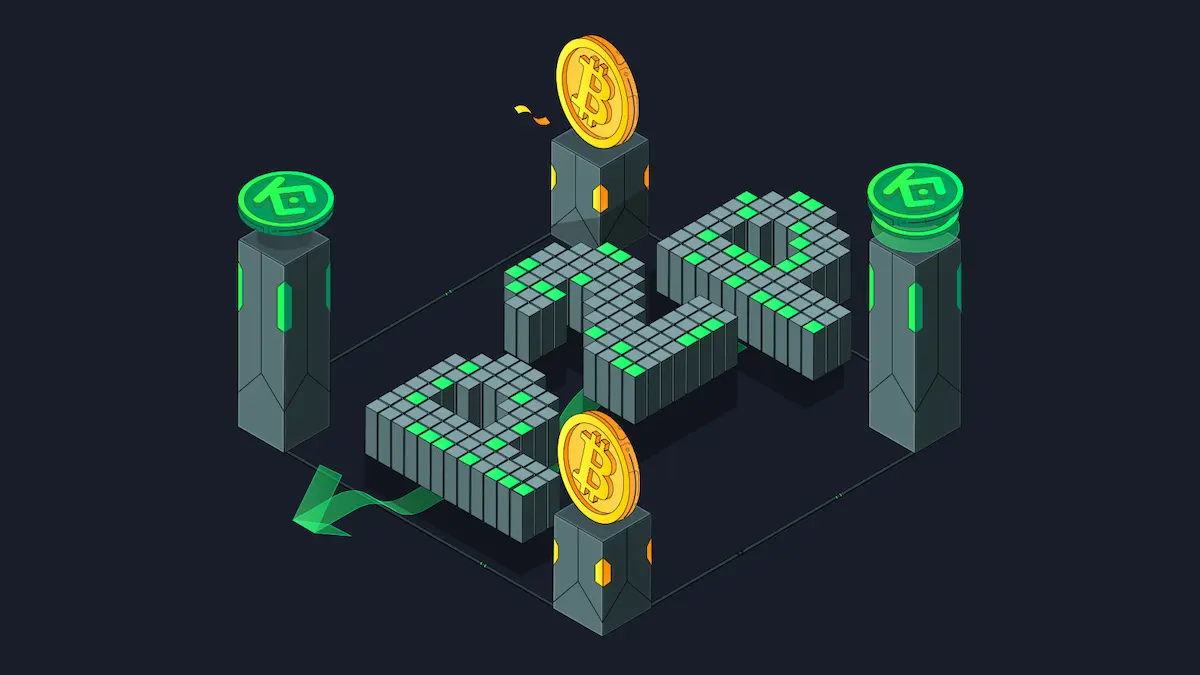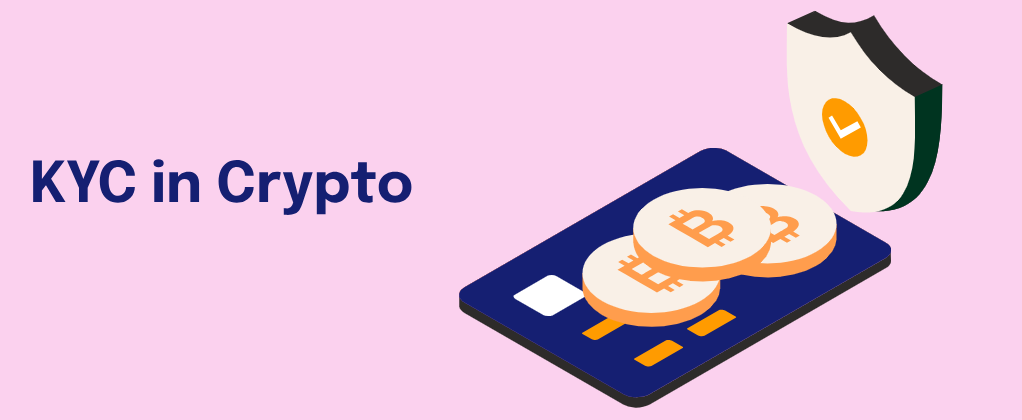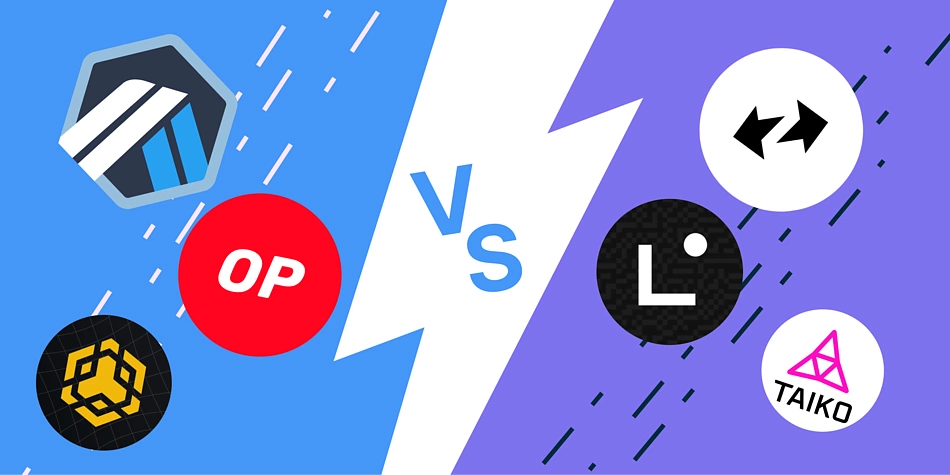Overview
Staking is a fundamental mechanism in blockchain networks, particularly in Proof-of-Stake (PoS) systems. It involves locking up cryptocurrencies to support network security and consensus, rewarding participants with additional tokens in return. Unlike Proof-of-Work (PoW), which relies on computational power, PoS secures networks through token ownership, reducing energy consumption and increasing efficiency.
Traditionally, staking required users to lock their assets for a period, limiting liquidity and capital efficiency. However, innovations such as restaking and liquid staking have introduced new ways for users to maximize yield while maintaining flexibility. Restaking enables assets to be staked across multiple layers within an ecosystem, compounding rewards and strengthening security. Meanwhile, liquid staking allows users to stake assets while receiving tokenized representations that can be freely traded or used in DeFi applications. Together, these advancements are transforming staking into a more dynamic and accessible process.
Examples
- EigenLayer (Restaking): EigenLayer introduces a restaking mechanism where Ethereum stakers can delegate their ETH or LSTs (liquid staking tokens) to secure additional networks, such as rollups or middleware solutions, earning extra rewards.
- Lido Finance (Liquid Staking): Lido is a leading liquid staking protocol that allows users to stake ETH and receive stETH, which remains liquid and usable in DeFi lending, trading, and yield farming.
- Rocket Pool (Liquid Staking): A decentralized alternative to Lido, Rocket Pool offers liquid staking with a more decentralized node operator model, enhancing network security and trust.
Pros
- Enhanced Capital Efficiency: Restaking and liquid staking unlock additional yield opportunities without sacrificing security.
- Improved Liquidity: Liquid staking enables staked assets to remain usable in DeFi applications.
- Boosted Network Security: Restaking enhances the robustness of blockchain infrastructure by reinforcing multiple layers of security.
- Diversified Yield Streams: Users can maximize returns by engaging in multiple staking and DeFi strategies simultaneously.
Cons
- Increased Smart Contract Risks: Restaking and liquid staking rely on additional smart contracts, introducing more potential attack vectors.
- Centralization Risks: Some liquid staking solutions, like Lido, have been criticized for centralizing staking power among a few validators.
- Regulatory Uncertainty: Authorities may impose restrictions on staking-as-a-service models, impacting protocols and investors.
Evolution of Staking Protocols
The staking landscape has evolved significantly over the years:
- Traditional Staking (PoS & Delegated PoS): Users lock tokens to secure the network and earn staking rewards.
- Liquid Staking Emerges: Protocols like Lido and Rocket Pool introduce staked token derivatives, unlocking liquidity.
- Restaking Introduced: EigenLayer and similar platforms push staking further by allowing security reinforcement across multiple networks.
- Cross-Chain Staking Innovations: The future may see multi-chain staking models enabling seamless security delegation across ecosystems.
Market Sentiment
- Investor Interest: Liquid staking has seen significant adoption, with platforms like Lido holding over 30% of Ethereum’s staked supply.
- Regulatory Uncertainty: Some jurisdictions, like the U.S., have expressed concerns over staking-as-a-service models, potentially impacting centralized providers.
- DeFi Integration: Liquid staking tokens (LSTs) are increasingly used in lending and yield farming, enhancing DeFi composability.
- Innovation Growth: Restaking is still in its early phases, but platforms like EigenLayer are gaining traction, signaling strong future adoption.
Conclusion
Restaking and liquid staking represent the next stage in the evolution of staking protocols, offering increased flexibility, liquidity, and security benefits. While these models introduce new risks, their ability to enhance blockchain efficiency and investor returns makes them a cornerstone of the future staking economy. As adoption grows and the regulatory landscape stabilizes, these innovations will likely shape the future of decentralized finance and blockchain security.
By Alejandro Silva Ramírez, Crypto Analyst & Columnist







